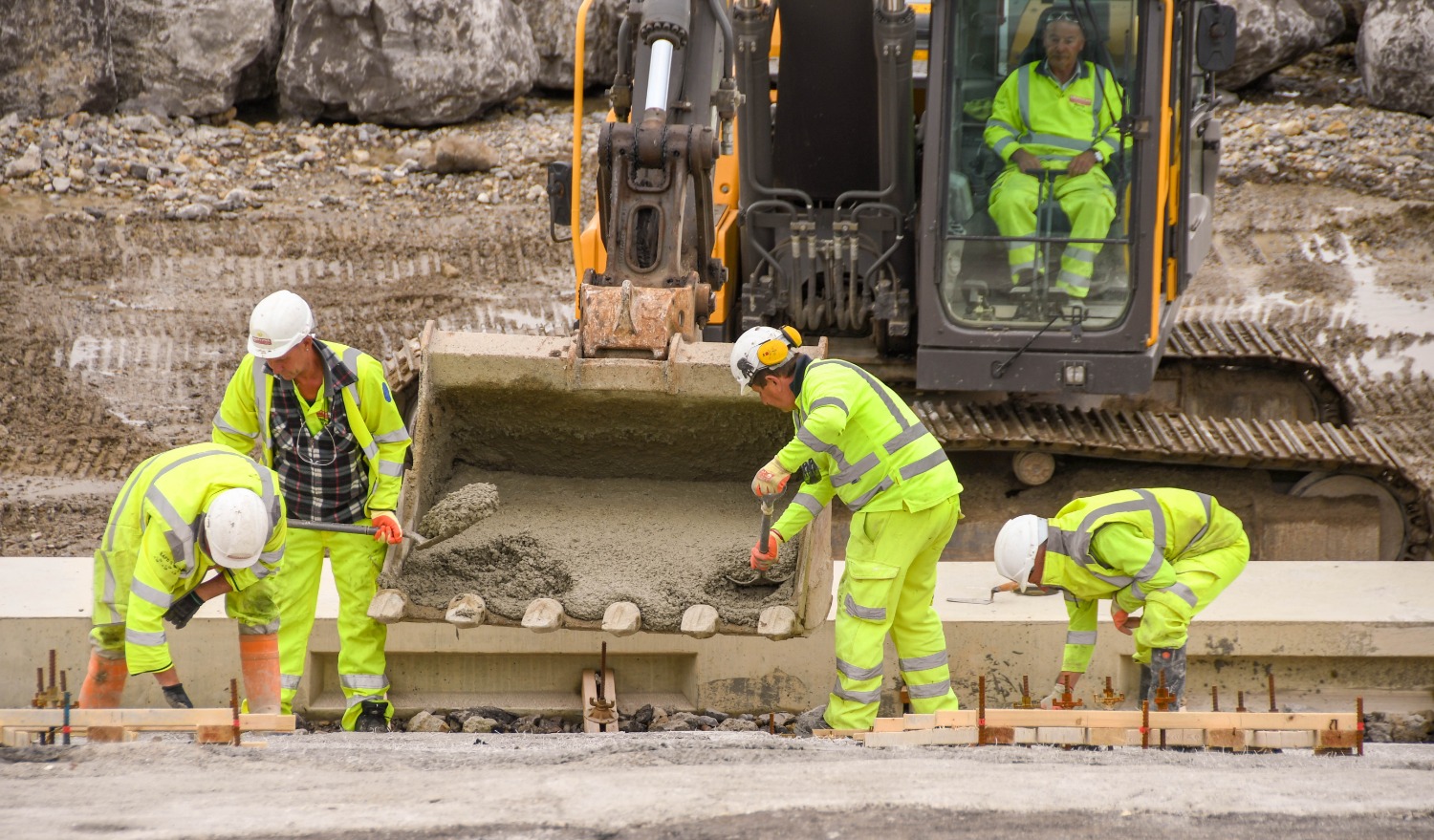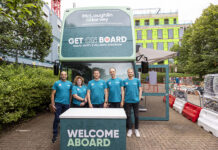
A new toolkit has been released to support built environment businesses with modern slavery due diligence.
Developed by Action Sustainability for the Supply Chain Sustainability School, the Operational Toolkit: Combatting Slavery in the Built Environment is described as a ‘vital’ resource for organisations committed to combatting slavery and labour exploitation in the built environment.
The Supply Chain Sustainability School said that the built environment is at a high risk of modern slavery and labour exploitation, due to ongoing challenges such as labour and skills shortages resulting in widespread use of temporary migrant labour, agency labour, and sub-contracts.
Additional pressures from low profit margins and tight deadlines can result in businesses being more likely to ignore the usual protocols and processes for bringing workers onto sites, it added.
In response to these risks, Action Sustainability developed a practical and easy-to-navigate toolkit for businesses of all sizes, shaped by contributions from Partners from the School’s Built Environment Against Slavery Group. YORhub supported the development of the document.
Anna Slatcher, senior sustainability manager at Barratt Redrow, said, “At Barratt Redrow we are committed to preventing, identifying, managing and mitigating modern slavery and labour exploitation risks in our operations and supply chain. This guidance will be a valuable resource for us and our industry partners to enable us to improve our understanding of, and mitigate and monitor, labour risk on our sites. It illustrates the practical steps that can be taken in recruitment, site set up and management to identify ‘red flags’ that may otherwise be missed and to empower our teams to ensure a working environment for everyone that is exploitation-free.”
Jo Potts, sustainability director at Balfour Beatty and co-chair for the Built Environment Against Slavery Group, added, “Operating responsibly and with integrity whilst upholding the highest ethical standards is critical to success – it must be at the heart of how the construction and infrastructure industry conducts business. It is therefore integral that we empower our people to tackle modern slavery. By equipping our teams with the necessary tools and knowledge, we can significantly reduce the risks of exploitation within our projects and across our supply chain.”
The operational toolkit brings together site-specific, actionable insights and recommendations from across the built environment to help address slavery and labour exploitation.
Key highlights of the toolkit include:
- Examination of six key risks in the built environment sector.
- Recommended actions for organisations to take to prevent, identify, manage and mitigate risks of exploitation.
- Signposts to key resources from expert organisations.
Emma-Jane Allen, Senior Consultant at Action Sustainability and author of the toolkit, added, “It’s essential to embed modern slavery due diligence into ‘business as usual’ site set up and management. Due diligence is about taking proactive steps to prevent, identify, manage and mitigate the risks of modern slavery and labour exploitation. This Operational Toolkit empowers those on the front lines of site management do just this.”
To access the toolkit click here.







